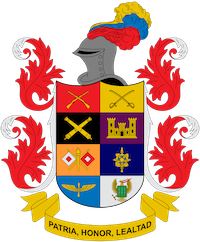Two mathematical models for money laundering
Abstract
This paper presents a short description and results of the articles by Araújo (2010) and Ng et al. (2010). These articles present theoretical models with different approaches; Araujo's (2010) model uses evolutionary game theory to show that anti-money laundering efficiency is based on the combination of factors such as an adequate design of anti-money laundering regulation and an endogenous decision of banks and employees to cooperate with this fight. Ng et al. (2010) examine the suitability of using decision processes to model intelligent adversarial systems in the real world. They find a model for the money laundering process, using interactive partially observed Markov decision process (I-POMDPs).
Downloads
References
Araujo, R. (2008). Assessing the efficiency of the anti-money laundering regulation: on incentive-based approach. Journal of Money Laundering Control, 11(1): 67-75.
Araujo, R. (2009b), Assessing the efficiency of the Brazilian anti-money laundering regulation: a game theoretic approach. Revista de Economia do Mackenzie, 7(1): 30-42.
Araujo, R. (2010). An evolutionary game theory approach to combat money laundering. Journal of Money Laundering Control, 13(1): 70-78.
Masciandaro, D. (1999). Money laundering: the economics of regulation. European Journal of Law & Economics, 7: 225-40.
Masciandaro, D. (2008). Offshore financial centres: the political economy of regulation. European Journal of Law & Economics, 26(3): 307-40.
Ng, B.; Meyers, C.; Boakye, K. y Nitao, J. (2010). Towards Applying Interactive POMDPs to Real-World Adversary Modeling. In Rychtyckyj, N. y Shapiro, D. (eds.) (2010). Proceedings of the Twenty-Second Conference on Innovative Applications of Artificial Intelligence. Atlanta, Georgia, USA: AAAI, 20.
Veiga, L.; Andrade, J. & Rossi, A. (2006). Money laundering, corruption and growth: an empirical rationale for a global convergence on anti-money laundering regulation. Proceedings of the 34th Brazilian Economics Meeting.
Copyright (c) 2017 Martha Soledad Hernández Mora, Hernando Bayona Rodríguez (Autor/a)

This work is licensed under a Creative Commons Attribution-NonCommercial-NoDerivatives 4.0 International License.













